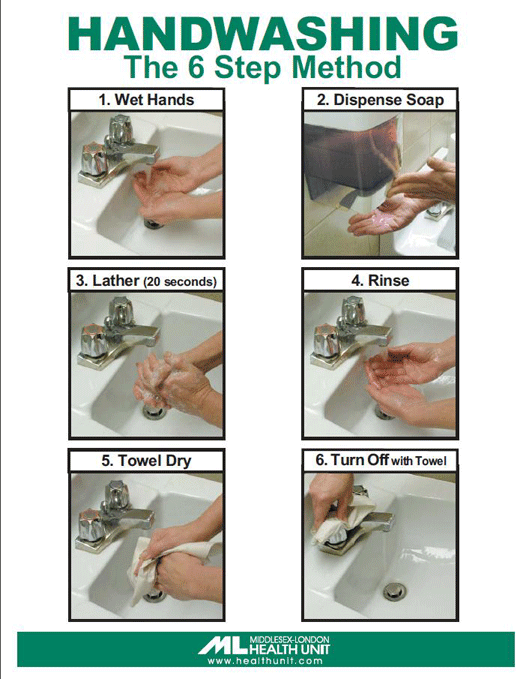For More Information
Please contact your healthcare provider, local pharamacy or walk-in clinic.
Please contact your healthcare provider, local pharamacy or walk-in clinic.
Pinworm infection affects people of all ages. It occurs most often among school-aged children and preschoolers (including those attending child care centres), people living in institutional settings, and household members and caregivers of persons with pinworm infection. Cats and dogs are not involved in the spread of pinworms.
Pinworm infection is spread by the transfer of infective pinworm eggs from the anus (bum) to someone’s mouth, either directly by hand or indirectly through contact with contaminated clothing, bedding, food, or other objects like toys. Pinworms are usually spread from child to child and from an infected child to their family members.
While an infected person sleeps, female pinworms leave the intestine through the anus (bum) and deposit their eggs on the surrounding skin. When the infected person scratches their anus (bum), the pinworm eggs may get onto their hands and under their nails and can be spread to others.
Since pinworm eggs can survive outside of the body for up to two weeks, contact with objects contaminated with pinworm eggs can cause infection as well.
Often there are no signs of infection. Itching and scratching around the anus (bum) is the most common symptom. In children, the itching may lead to disturbed sleep and irritability.
The best way to see if a child has pinworms is to examine the anus (bum) for worms 2 to 3 hours after the child is asleep. In addition, your healthcare provider may recommend a “tape test” which involves placing sticky tape on the skin around the anus. The pinworm eggs are picked up by the tape and are identified under a microscope.
Most pinworm infections are mild and can be treated with oral medication. After the initial dose, the medication is repeated 2 weeks later to decrease the risk of re-infection. If a member of a family has pinworms, treatment of all household members may be considered. Infected people should shower every morning and thoroughly wash the anal area as this removes a large amount of the eggs.
 The 6 Step Method of Handwashing (PDF 96KB)
The 6 Step Method of Handwashing (PDF 96KB)